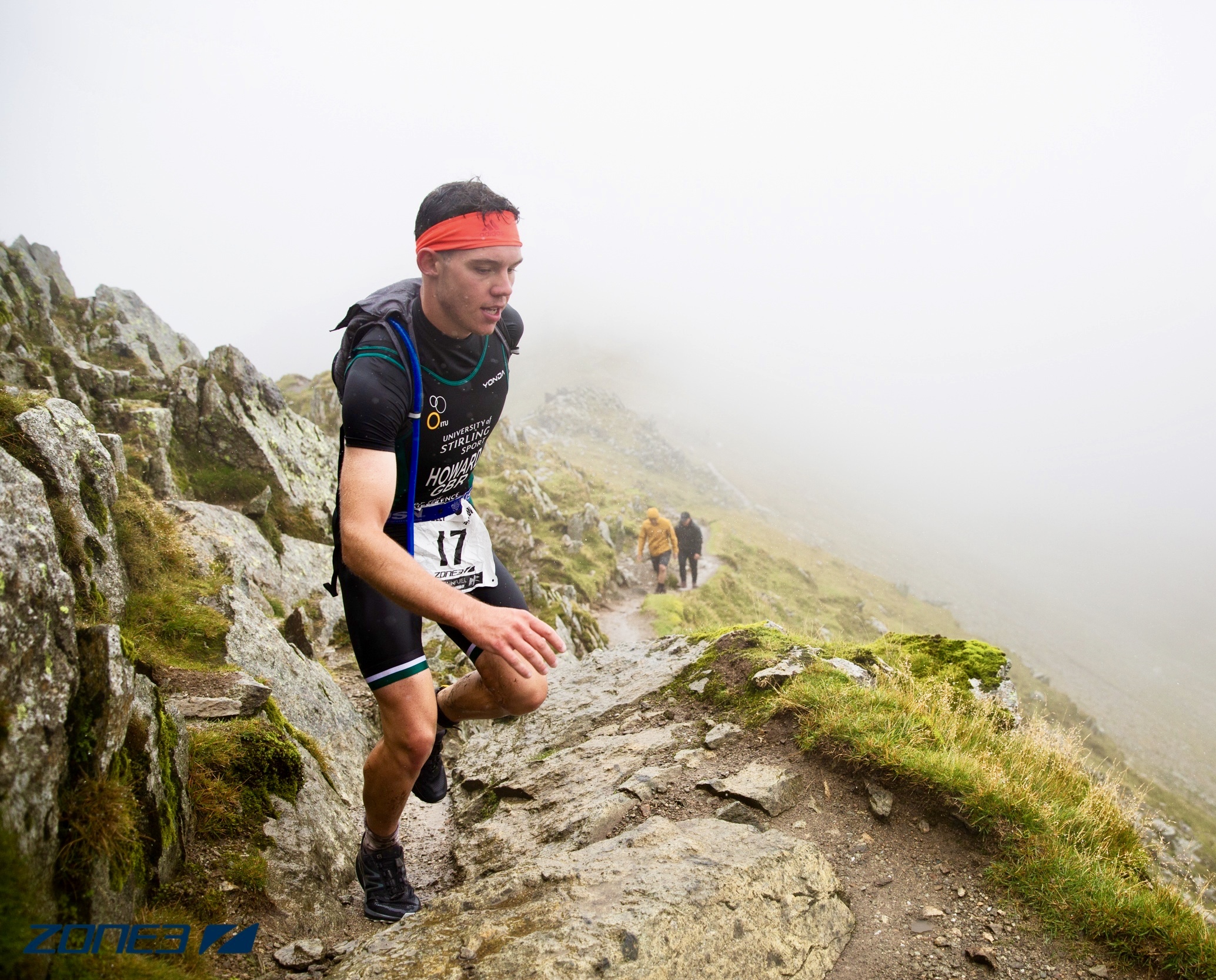Sub7/Sub8 triathlon project – Is this the engine of progress?
Few world records are technology free: is the Sub7/Sub8 triathlon project truly the engine of a triathlete’s progress?
Sporting records have become things on which commercial opportunity hangs. The insistence of modern record-breaking is that the technology involved offers the rest of us shortcuts to improvement to satisfy our desire to defy our natural biology and race faster.

Where would we triathletes be if we didn’t don the latest wet-suit that propels us through the water with the jet-like behaviour of a robotic squid or ride an aerodynamically engineered super-bike made up of half flesh and half carbon with more gears than we’d ever use and disc wheels with the spin dynamics of quantum physics, all so we can go faster than a tiger chasing its prey.
And let’s not forget the modern fancy running footwear with heels so inflated it looks like the designer took a bicycle pump to the design table in order to weld in some carbon plates so you can spring like a gazelle across the Serengeti plains.
The Sub7/Sub8 will take place the first week of June at an auto-racing track in Brandenburg, Germany, where Kristian Blummenfelt and Joe Skipper will see if they can cover 140.6 miles in under seven hours, and Kat Matthews and Nicola Spirig will attempt to break the eight-hour line. (two of the original four selected athletes Alistair Brownlee and Lucy Charles-Barclay have withdrawn due to injury)

They will be allowed to suspend every drafting and technological rule, except for using motors or motor-pacing, and will be accompanied by a plethora of pacemakers. These days it is impossible to think of a sport in which technology has not assisted record-breaking. But was it any different in days long gone?
If we go back to the morning of May 6, 1954, a British athlete named Roger Bannister did the impossible and became the first person to run a mile in under four minutes, a world record, which earned him a knighthood.
Now Bannisters running shoes may have looked primitive in comparison to today’s crystal-embellished trainers but they were the state of the art at the time. And the 25-year-old medical student was no stranger to technology, he pioneered the use of sports science to seek out that precious advantage to break the sub four-minute mile. The race was carefully planned and he was deftly aided by two pacemakers in Chris Brasher and Chris Chataway.

What is the difference between then and now? Well, in truth – nothing!
So, from a breaking-the-barrier standpoint, the women’s Sub8 race against the clock should be a success with only an 18 minute deficit on the fastest women’s iron-distance performance of 8:18:12 by Chrissie Wellington in 2011, particularly given there is a team of pacers across all three disciplines.
For the men, it could be a bit more trickery. Here we are looking at some 25 minutes if we take the average of Blumenflets 7:21:12 and Jan Frodeno’s 7:27:53 in 2021. But that may be gained on the bike alone if the internationally acclaimed cycling pacers do their job,
If they do succeed, the athletes and the organisers will no doubt get the media attention for the achievement which will be good for the sport and its commercialisation. But the lasting legacy will possibly be the technology and trickle-down effect that comes out of it.
If successful, sport manufacturers would like us to believe it was the kit that did it so as to see our lakes, country roads and parks being swelled with thousands of ‘Mamils’ (middle- aged men – and women – in Lycra), all testing out the latest kit for their inaugural triathlon race this summer.
Maybe this Sub7/Sub8 project is the engine of a triathlete’s progress as there has never has been a technology-free approach to record breaking in sport. Whatever your viewpoint, it appears triathlon like other sports never gets easier, it just gets faster.





